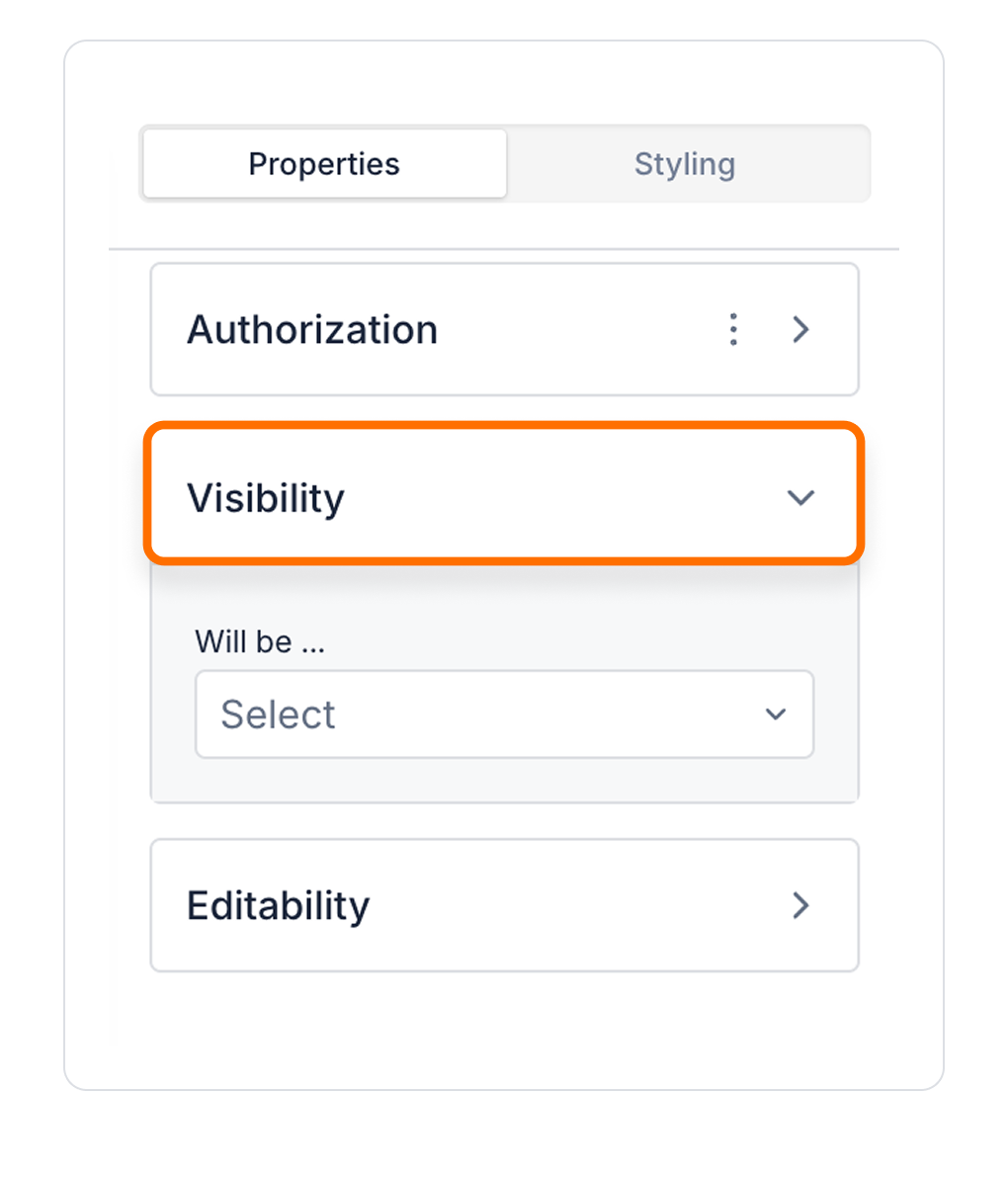


Kuika's Big File Upload element allows users to upload large files quickly and easily. It is especially ideal for managing high-dimensional content such as media files, projects or large data sets. In this guide, you will learn how to use the Big File Upload element, how to set file upload limits, and how to customize the upload process.


File Upload Path (File Upload Directory) Setting
Follow the steps below to set the upload directory setting for file uploads:


It uploads large files selected or dragged and dropped by the client to the server in HTTP multipart/form-data format. The process is performed in chunk logic to optimize network performance and prevent data loss in case of possible outages.




When the download request is triggered:


When the delete operation is triggered:
By following this guide, you can use the Big File Upload element effectively in your application.
In a web application, users should be able to upload documents such as IDs, diplomas or certificates and then view, download and, if necessary, delete them. Documents should be stored in user-specific directories and process steps should be traceable through the system.
File upload
INSERT INTO user_documents (user_id, file_id, file_name, upload_date)VALUES ({{currentUser.userId}}, {{uploadedFileId}}, {{uploadedFileName}}, NOW());File download
File deletion
This example scenario is using Big File Upload;
Authorization

To manage access control at the element level, you can use the Authorization section in the Properties panel.
Access Types
Anonymous
Allows all users to view the element without logging in.
Restricted
Restricts access to only verified users or specific roles.
Unauthorized Behavior (Hide / Disable)
If the user does not have the required role, you can specify how the element should behave in the Choose field:
This setting is used to manage how unauthorized users encounter the element.
Visibility

Always Visible: The element is always visible.
Hidden: The element is hidden.
Sometimes Visible: The element becomes visible based on specific conditions.
When Sometimes Visible is used, AND / OR groups can be added directly, allowing visibility rules to be grouped and more complex scenarios to be managed easily.
To configure the setting:


By customizing your elements with the Styling Panel, you can create impressive interfaces for your web and mobile applications. In this section, you can configure the following settings:
By following these steps, you can configure the Area Chart element to suit your needs.